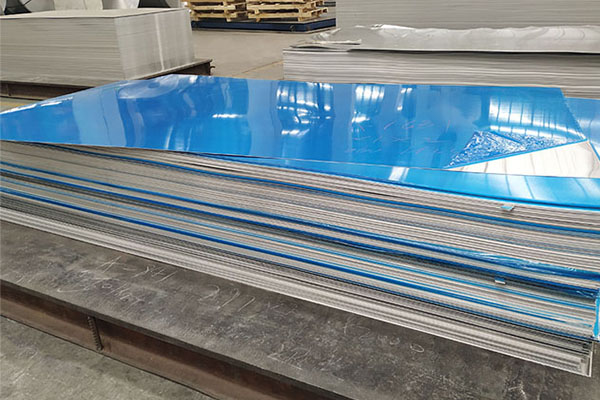Film control from an anodized aluminium sheet supplier
September 20, 2019
To guarantee film thickness of anodized aluminum plate, suppliers must also follow the following three tips.
A. The fixture contact should be firm and reliable
The poor contact between an aluminium sheet and the fixture mainly occurs in the following two aspects.
1. Between the alu sheet and the fixture. When the clamp has poor elasticity, the cross-sectional area of the clamp is small, or the oxide film on the surface of the clamp is not exhausted, and the contact resistance is increased, the fixture is heated, which not only increases the power consumption but also affects the smooth flow of the current. Before the fixture is used, it is necessary to estimate the throughput of the required current and to perform sufficient cleaning.

2. The contact between the clamp and the anode copper stem, the contact between the clamp and the anode copper stem has its own unilateral reasons, and there are also two reasons. In general, the conductive test is performed after the clamp is in contact with the copper stem. If no current is passed, It is necessary to carry out a detailed inspection process until the current is normal.
B. Prevent misunderstanding of the calculation object. The increase in film thickness of an anodized aluminium sheet is related to the current density. When higher current density is used, the film formation speed can be increased regardless of the voltage.
(6) Ensure that the temperature of the anodizing solution is controlled at the lower limit of the specified range of the process. When the temperature is too high, the dissolution rate of the anodized film is higher than the film forming speed when anodizing, and the film layer cannot be thickened.
Of course, every anodized aluminium sheet supplier has their own technology in controlling film thickness in addition to basic tips mentioned above.


 Nydia
Nydia
 Sales Manager
Sales Manager